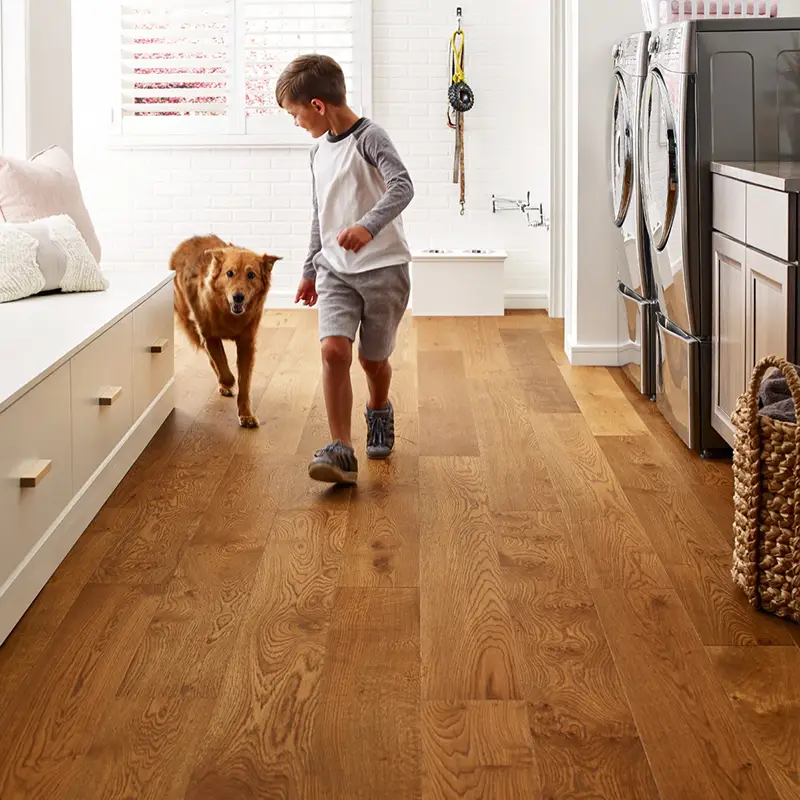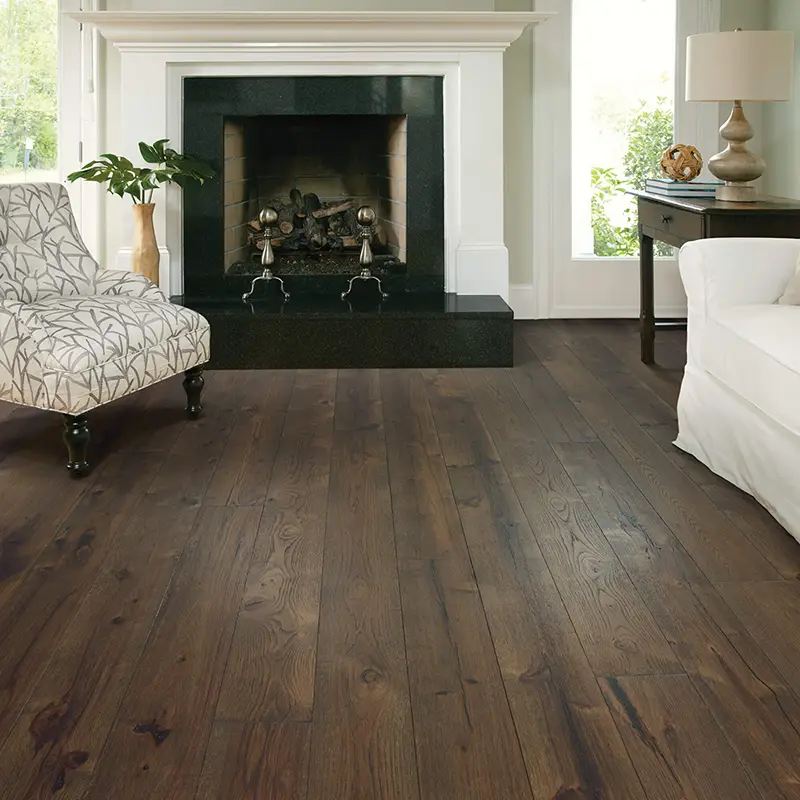Renovation Mistakes to Avoid When Choosing Flooring
Whether you’re completely remodeling your home or undertaking a minimal refresh in one room, choosing the right flooring is essential. During any renovation project, flooring plays a critical role, both functionally and aesthetically.

Among the excitement of renovating, it can be easy to make critical mistakes that can lead to costly consequences, dissatisfaction, or other issues later on.
So, how do you decide on flooring for your renovation? What do you need to know before replacing your floors? And what do you need to look for when buying new flooring?
Here are four common mistakes homeowners make during a flooring project and how to avoid them.
Mistake 1: Lack of Proper Planning
One of the most costly and frustrating mistakes homeowners make early in the renovation process is failing to plan properly. To avoid making this mistake:
- Set a budget and stick to it: In addition to the overall cost of the flooring, be sure to understand installation fees, underlayment requirements, and potential subfloor repairs.
- Thoroughly research different flooring options before investing: Take the time to explore various flooring materials to ensure you make an informed decision.
- Schedule a professional measure: Accurate measurements are crucial to avoid purchasing insufficient or excess materials.
- Understand the renovation timeline: This includes knowing when to paint the walls and install floors, fixtures, cabinets, countertops, and other necessary tasks.

Mistake 2: Neglecting Your Lifestyle
Your lifestyle plays an important role in which flooring you should choose, and a failure to consider this could lead to premature wear and tear or other damage. When choosing your floors for your renovation, take into account:
- Presence of pets and children: If you have pets or young children, durable and easy-to-clean flooring options like laminate or luxury vinyl may be more suitable than carpet, which can trap pet hair and stains.
- Frequency of foot traffic in the area: High-traffic areas like hallways and entryways require flooring that can withstand heavy use without showing signs of wear. Hardwood and tile flooring are excellent choices for these areas due to their durability.
- Personal preferences and habits: Consider your personal preferences and habits when selecting flooring. For example, if you enjoy the warmth and comfort of carpet underfoot, it may be a better choice for bedrooms or living rooms. On the other hand, if you prefer the sleek look of hardwood, it may be more appropriate for common areas like kitchens and dining rooms.

Mistake 3: Disregarding Ongoing Maintenance
While all flooring types require a certain level of maintenance, some require more effort. Without taking this into consideration, you may have to spend money on repairs or replacing your flooring before intended. To avoid this mistake, consider:
- Effort needed to maintain certain flooring types: Different flooring materials require varying levels of maintenance. For example, hardwood floors may need periodic refinishing, while carpeting requires regular professional cleanings.
- Choosing high-maintenance flooring in areas prone to spills or moisture: It’s essential to select flooring materials that can withstand the conditions of the room they’re installed in. For areas prone to spills or moisture, such as kitchens or bathrooms, consider options like tile or luxury vinyl that are water-resistant and easy to clean.
- Long-term costs of upkeep: While some flooring materials may have a lower upfront cost, they may require more frequent maintenance and upkeep over time. Be sure to factor in the long-term costs of maintaining your floors when making your decision.

Mistake 4: Prioritizing Looks Over Function
The flooring you choose for your remodeling project should balance your style with several other factors. Of course, you want to love the look of your new floors, but you also want your floors to feel effortless once installed. In addition to aesthetics, you should consider:
- Timelessness: Opt for flooring options that offer timeless appeal, prioritizing classic designs and materials over trendy options. By choosing timeless flooring, you can ensure that your floors remain stylish and relevant for years to come, regardless of changing trends in interior design.
- Other design elements: Ensure your flooring complements the overall design and decor of your home. Consider factors such as the color scheme, architectural style, and existing flooring in adjacent rooms to create a cohesive and harmonious look throughout your space.
- Room usage: Tailor your flooring choice to the specific needs and usage of each room. For instance, consider moisture-resistant options like tile or vinyl for bathrooms and kitchens.

When selecting flooring for your renovation project, it’s important to avoid common mistakes that can lead to dissatisfaction or costly consequences down the line. By properly planning your renovation, considering your lifestyle, understanding ongoing maintenance needs, and balancing function with looks, you can ensure a successful flooring project that meets your needs and enhances the beauty and functionality of your home. At Classic Flooring Center, we can help you find the right flooring for any home improvement project.

